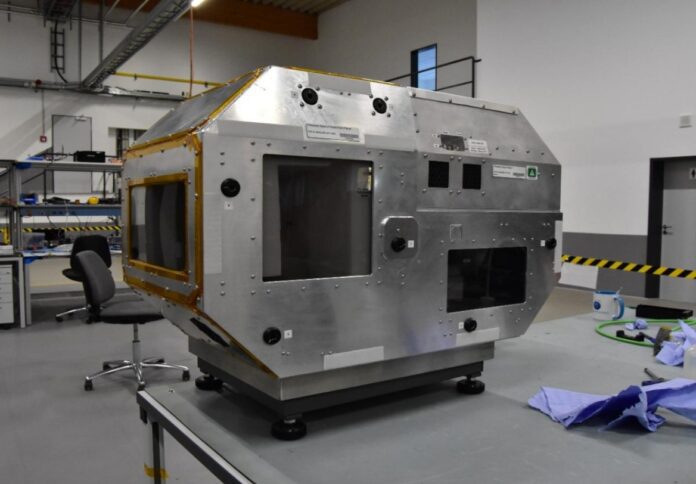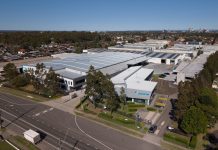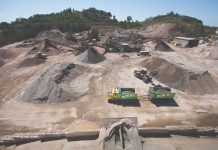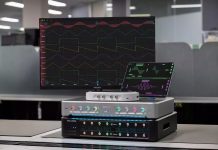
Special glass rods developed at the University of Adelaide have been transformed into over eight kilometres of optical fibre aboard the International Space Station (ISS), the university revealed in a news release.
This significant milestone in the advancement of next-generation optical fibres for quantum communication is the result of a strategic collaboration between the University’s Institute for Advanced Photonics (IPAS) and Commercial Partner Flawless Photonics Inc.
Under the leadership of Australian Research Council Industry Laureate Fellow, Professor Heike Ebendorff-Heidepriem, deputy director of IPAS, and her ANFF-Optofab team, 20 special glass rods of ZBLAN, an exotic glass renowned for ultra-low loss optical fiber, were provided.
Flawless Photonics developed and deployed a miniature drawing tower tailored for optical fibre manufacturing in space, which was transported into orbit aboard a SpaceX rocket from Florida on January 31 and currently operates on the ISS.
Professor Ebendorff-Heidepriem explained, “For a?ZBLAN?fibre to deliver on its potential of being the most transparent material that can be manufactured, there are two obstacles that must be overcome. First gravity causes the ZBLAN to crystallise during the drawing process, and second, the purity of the glass must be enhanced by a factor of 1000 for it to fulfil its maximum potential.”
Flawless Photonics addressed the first challenge by constructing a fibre drawing module capable of operating in microgravity, while Professor Ebendorff-Heidepriem and her team focused on fabricating high-purity ZBLAN glass rods for drawing into fibre.
“We have a world-class facility for glass and optical fibre manufacturing at the University of Adelaide, making ANFF-Optofab Adelaide one of the few such places in the world able to manufacture such material,” she added.
Rob Loughan, CEO, founder and chairman of Flawless Photonics, expressed gratitude to the University of Adelaide and Professor Ebendorff-Heidepriem’s team for their crucial support and collaboration.
Upon the return of these space-drawn fibers to Earth, Flawless Photonics and the IPAS team will conduct analyses and experiments to assess their properties compared to fibres drawn on Earth, advancing knowledge of space fiber fabrication and optimising the entire process further.




















